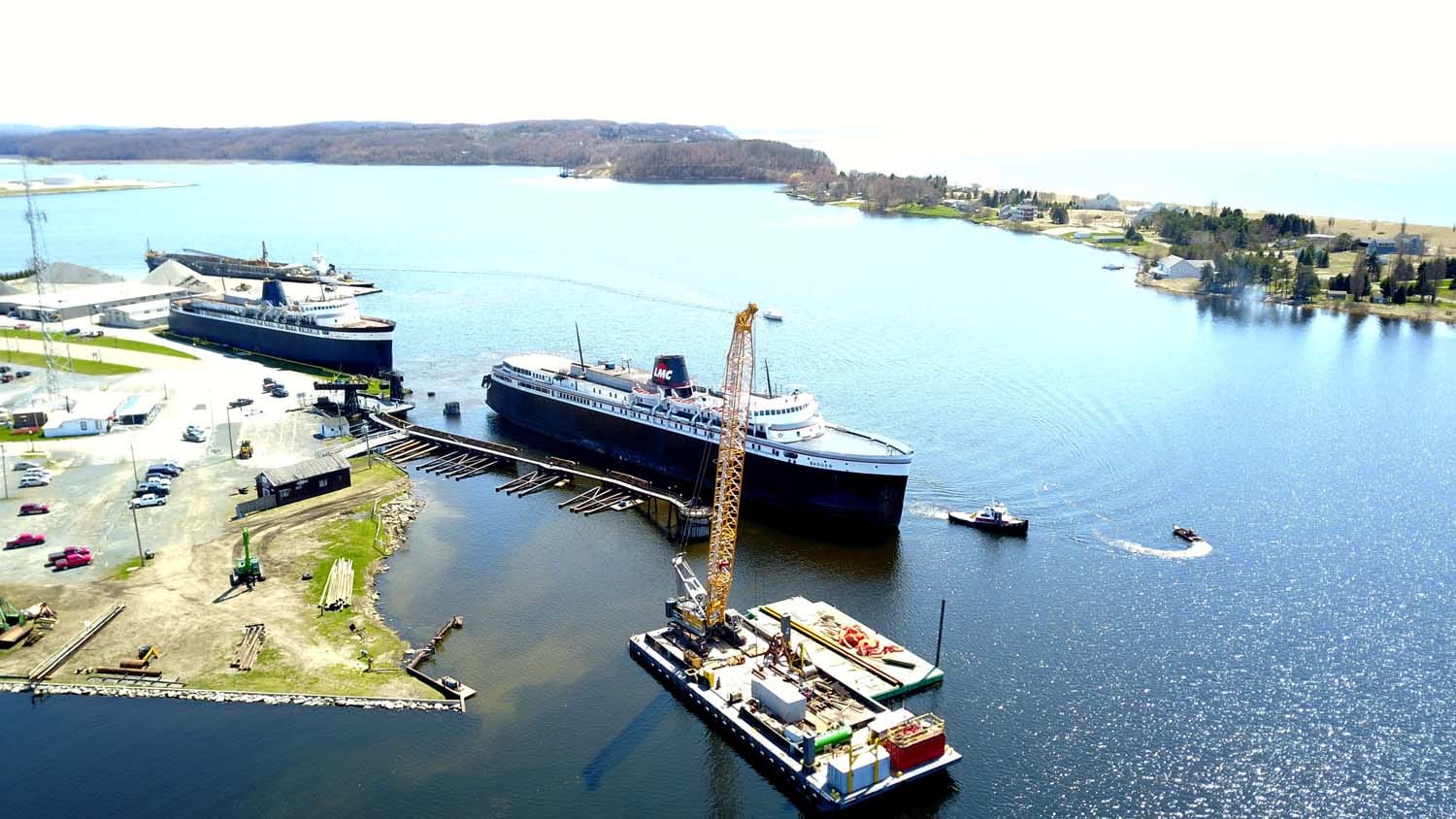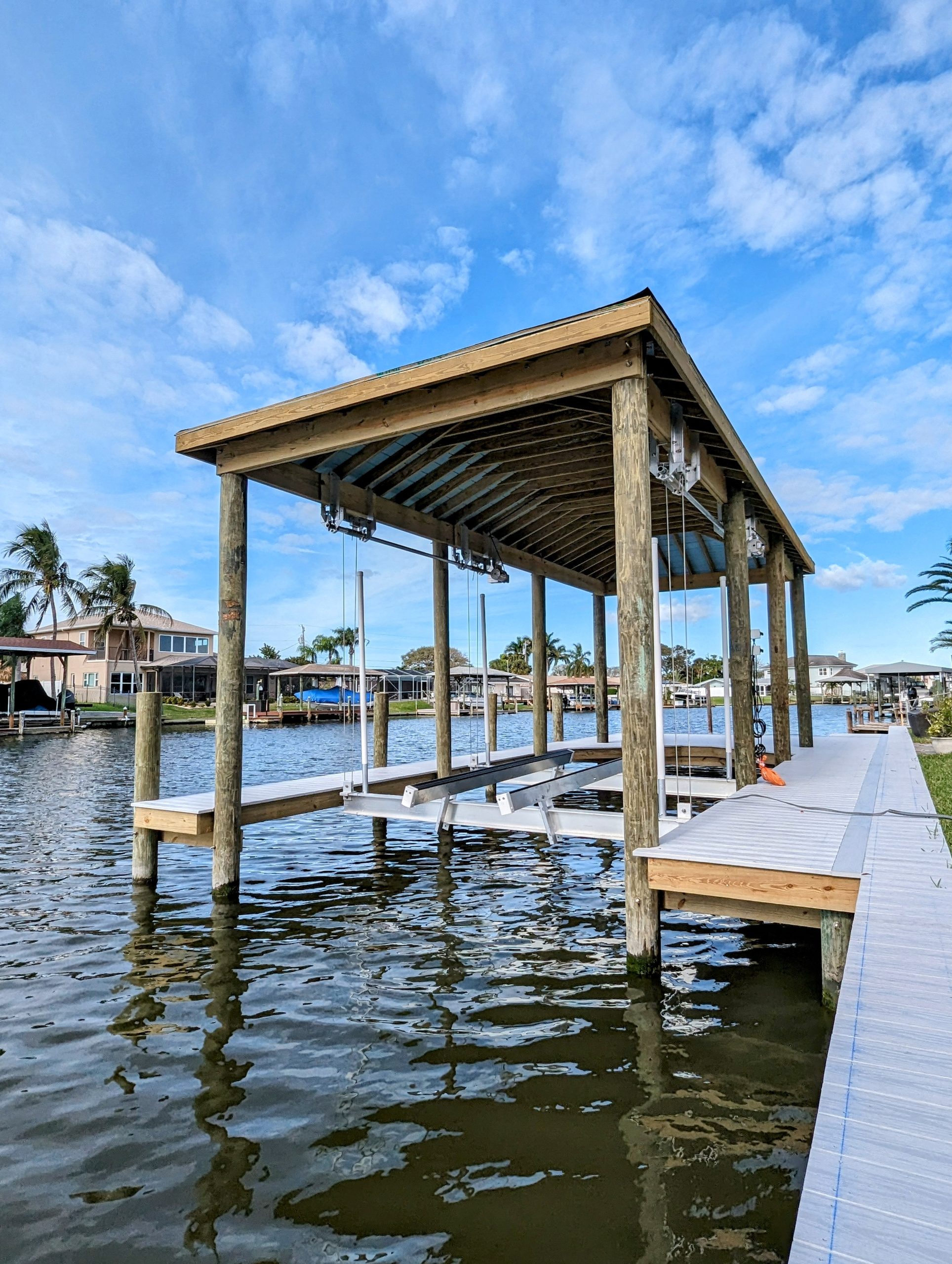Exactly How to Address Common Dock Fixing Issues for Safe Water Tasks

Identifying Common Dock Issues
Identifying typical dock concerns is critical for preserving the capability and safety and security of your beachfront residential or commercial property. Routine examinations can help discover troubles before they become extreme, ensuring both the longevity of the dock and the safety and security of those who use it.
Another usual trouble is the destruction of flotation tools. These devices are essential for keeping the dock resilient, and any type of damages or leaks can cause the dock to checklist or sink. On a regular basis inspecting for leakages or water logged drifts can preempt much more considerable concerns.
Additionally, algae and barnacle accumulation on the dock's surface area can produce hazardous and unsafe conditions. This biofouling not just poses a risk to users however can likewise accelerate the damage of the dock materials.
Last but not least, inspecting for indications of rust on steel elements is important. Rust can endanger the stability of the dock's framework, making it hazardous. By regularly determining these usual dock issues, you can ensure that your dock continues to be safe and functional for many years to come.
Repairing Rotting Timber
When resolving the concern of decaying wood on your dock, it is vital to act quickly to avoid further damage. Begin by extensively inspecting the entire structure to identify all affected locations. Make use of a screwdriver to probe the timber; if it sinks in quickly, the timber is most likely rotted and requires instant focus.
Once determined, get rid of the rotted areas utilizing a saw or carve. Be certain to reduce to healthy, strong wood, ensuring you remove all jeopardized product. After removal, deal with the staying wood with a wood chemical to avoid future rot. This therapy will certainly help guard against moisture, which is the primary reason of timber decay.
Following, change the eliminated areas with marine-grade lumber or pressure-treated timber, which are more resistant to water damage. Protect the new pieces with galvanized or stainless-steel bolts to stop deterioration. Furthermore, using a water resistant sealer to the new wood can offer an extra layer of security.
Protecting Loose Boards
How do you ensure your dock stays risk-free and practical for all its customers? One critical element is securing loosened boards, which can otherwise pose considerable hazards. Loosened boards not only raise the threat of stumbling yet can additionally jeopardize the structural integrity of the whole dock.

For reinstallation, use stainless or galvanized steel screws, as these materials offer superior resistance to rust in aquatic settings. Guarantee the screws are long sufficient to penetrate deep into the underlying assistance framework, but not so lengthy that they stick out via the dock's surface area. Pre-drilling pilot openings can help stop the wood from splitting.
Finally, maintain a normal evaluation timetable to recognize and resolve any brand-new issues promptly. By safeguarding loosened boards effectively, you add to the general security and long life of your dock, making it a dependable platform for water tasks.
Maintaining Unstable Pilings
Guaranteeing the security of unstable pilings is critical to keeping a practical and secure dock. Utilize a degree to inspect for vertical positioning and ensure they are driven deep enough right into the substrate to offer appropriate assistance.
If the pilings are discovered to be unstable, one reliable approach for support is using extra bracing. Cross-bracing with dealt with lumber or galvanized steel can dramatically enhance stability. Support the dental braces safely to both the pilings and the dock framework to disperse loads equally.

Regular maintenance and periodic reassessment of the pilings' stability are crucial to making certain long-term dock safety and functionality.
Changing Rusty Hardware
Attending to unsteady pilings is simply one aspect of keeping a dock's stability; one more essential issue is changing rustic equipment. With time, exposure to wetness and salt can cause the oxidation and deterioration of screws, screws, and brackets, compromising the whole framework's safety. Regular evaluation for corrosion is important, particularly after severe weather condition or seasonal modifications.
When rusty equipment is determined, instant activity is required. Begin by choosing marine-grade stainless-steel or galvanized hardware, both designed to resist the severe marine environment. Make certain that you have the ideal tools, such as wrenches and screwdrivers, pop over here to safely remove the old, rusty items without triggering additional damage to the dock.
After getting rid of the corroded hardware, thoroughly clean the impacted locations to remove any kind of residual corrosion or particles. Use a rust-inhibiting guide to revealed steel surfaces before mounting the new equipment. Tighten up all components firmly to avoid future helping to loosen, and regularly check the installations to ensure recurring security.
Changing rustic equipment not only prolongs the dock's lifespan however additionally considerably boosts the safety and security of water activities. By proactively handling deterioration, you protect both the framework and its customers, guaranteeing a safe and delightful waterside experience.
Conclusion
Routine assessments and upkeep are vital to deal with usual dock fixing problems and guarantee secure water activities. Such aggressive procedures contribute to the overall safety and security and performance of dock structures, cultivating a secure atmosphere for water-based activities.
Making certain the safety of water activities pivots substantially on the proper maintenance and fixing of docks (Dock Repairs). These tools are crucial for maintaining the dock resilient, and any type of damage or punctures can create the dock to listing or sink. By regularly identifying these typical dock concerns, you can guarantee that your dock stays protected and useful for years to come
Making certain the stability of unstable pilings is extremely important to keeping a useful and risk-free dock.Regular evaluations and upkeep are essential to deal with usual dock repair service issues and make certain risk-free water activities.